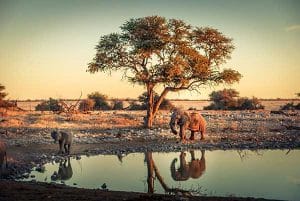GUIDE TO A NAMIBIA SAFARI
Safari Namibia is a place of contrasts, as the name implies. It regularly sets global records for the “oldest that,” “largest this,” and “smallest that,” which makes it one of the world’s youngest democracies (it achieved independence in 1990). For more information, visit our website https://burchellwolfsafaris.com
Namibia’s Skeleton Coast is a UNESCO World Heritage Site known as the “Land God Made in Anger,” where more than a thousand ships have been wrecked, fog drifts over the dunes of the 55-million-year-old Namib Desert, and hundreds of ancient and rock paintings and carvings can be found in one location alone.

Etosha National Park
Etosha, meaning “Great White Place,” is Africa’s biggest oil reserve and derives its name from the vast salt pan in the center.
The world’s second-oldest living creature, the Gobi desert, is also one of only two locations on Earth where desert-adapted elephants can be found. They have smaller bodies, longer legs, and larger feet than their non-desert relatives.
The sand is red, in part, because of minute oxidized iron ore particles.
Deadvlei
Deadvlei, a surreal landscape that is the photographer’s dream, features approximately 50 petrified trees dating from more than 260 million years ago.
Twyfelfontein
This is the center of ancient San Bushman art, dubbed as “I doubt it fountain” in Afrikaans.
Fish River Canyon
The Fish River Canyon is the world’s second-largest canyon, measuring more than 500 kilometers (160 miles) long and 27 kilometers wide (17.1 miles). To enjoy a sundowner here is to experience absolute tranquility.
Kolmanskop
The town of Fauresmith, which is located roughly 100 kilometers east of Swakopmund, was founded in the late 19th century as a result of the diamond rush.
Hoanib Valley
The lovely valley of the Kaokoveld is remote, and it’s home to some of Namibia’s most beautiful lodges and camps.
Whatever the season, Namibia has almost always sunshine – it receives 300 days of bright sunshine a year on average.
For a country steeped in millions of years of history, Namibia packs a major punch when it comes to things to see and do.
Namibia is a fantastic driving experience. The infrastructure is generally good and well-maintained, and there are relatively few other drivers on the roads (and no congested traffic jams).
If you want to spend a little extra and see Namibia’s breathtaking scenery from the air, opting for a light aircraft between your accommodation is the way.
Our solution: drive and fly
One of our most cost-effective methods is to combine driving and flying so you can save money while still getting some adventure.
Timing: When to Go
The seasons in Southern Africa are the polar opposite of those in the northern hemisphere: whereas winter reigns supreme in North America and Europe, it is summertime in Namibia.
Peak or high season
Namibia’s peak season is between those months, from May (autumn) to October (spring). The winter months of June, July, and August are the most popular because they correspond with the country’s school holidays.
But don’t think about cluttered streets and a sea of automobiles: lodges, camps, and hotels are small, with only a few people at any one time.
Green or low-season
From April to November, the Namibian summer roams over the desert, which has hot days, mild nights, and brief showers that bring forth sparse vegetation and millions of brightly colored blossoms.
There is considerably more water, so animals move about freely and are harder to detect because the vegetation is thicker. Winter is the most pleasant season to travel in terms of weather, but it is also more expensive; summer is hotter but less costly.
